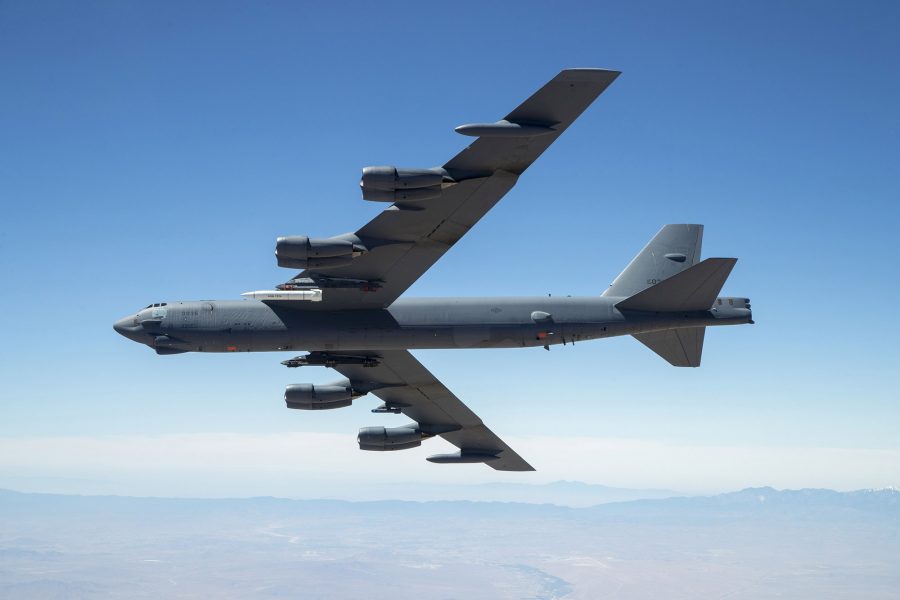Air Force Secretary Frank Kendall said he’s “unsatisfied” with the pace of progress in Air Force hypersonics programs and even “the degree to which we’ve figured out what we need from hypersonics.”
Speaking to reporters at AFA’s Air, Space & Cyber Conference, he said he’s “pretty clear” on how China and Russia plan to use their hypersonic missiles, which experts say are ahead of U.S. programs.
“They’re moving very quickly,” Kendall said of Chinese and Russian hypersonics efforts. “They clearly see the value.” Describing hypersonics as among a number of “asymmetric approaches” to force structure that China and Russia are taking, he said the Air Force must first define which “target set we want to address” with hypersonic missiles, then make the case for why hypersonics are “the most cost effective way” to attack those targets. There’s still “a question mark” about that, he said, though he admitted he hasn’t seen “all the analysis that has been done to justify the current program.”
He acknowledged progress but concluded, “I would like to see it be better,” he said.
The Air Force has yet to hold a successful all-up test of the AGM-183 Air-launched Rapid Response Weapon (ARRW), a boost-glide system that is accelerated to hypersonic speed by a rocket then releases a hypersonic glide body. While captive-carry tests have been conducted on a B-52 launch aircraft, the missile has failed to fly on its own at least twice.
The Air Force is also pursuing the Hypersonic Attack Cruise Missile, a smaller, air-breathing weapon that could be small enough to be launched from fighter aircraft.
Mark Lewis, the head of defense research and engineering during the Trump administration and an expert on hypersonics, has said the Air Force will have to address thousands of targets in a hypothetical Pacific war but has only funded about a dozen ARRWs. That means it would have to be very selective about what targets it uses the missile for. Lewis set a DOD-wide goal of building hypersonic missiles “at scale.”
Kendall said he believes the industrial base needed to build hypersonic missiles in quantity “will follow” as the program matures.
“I think if the [funding is] there … the industrial base will respond,” he said. Although there’s been “mixed results with boost glide vehicles,” Kendall said, “I think we will get there.” The Air Force can do things to accelerate the program, he said, “but we have to solve the problem first of where we’re trying to go, and then get there as quickly as possible.”
